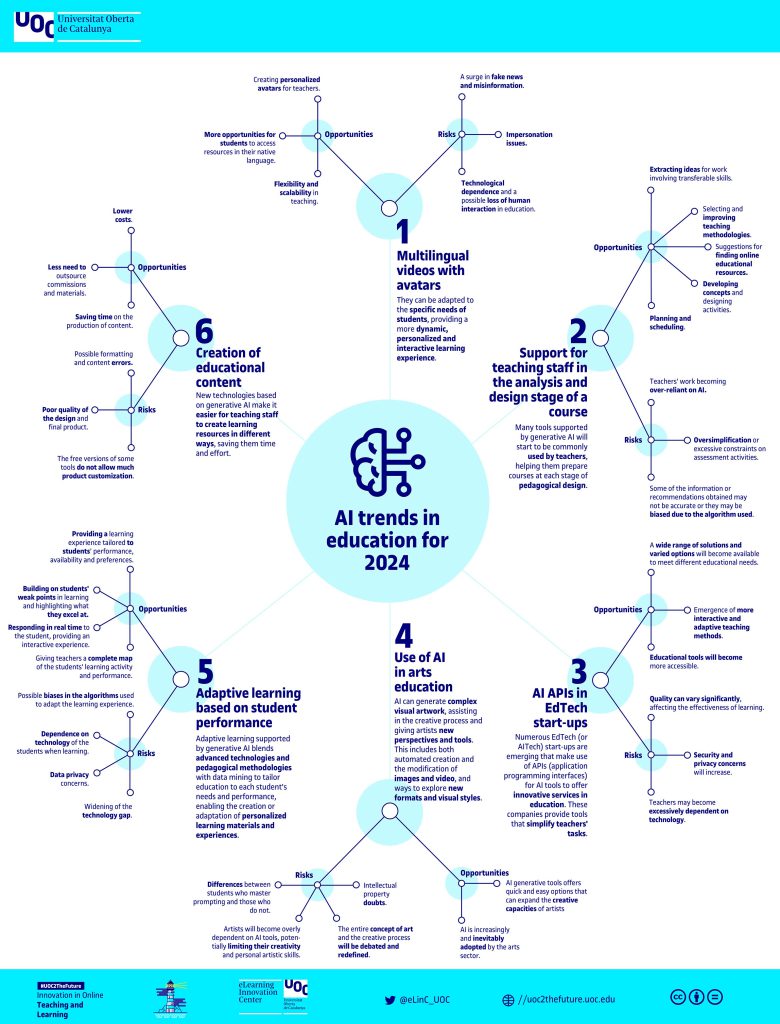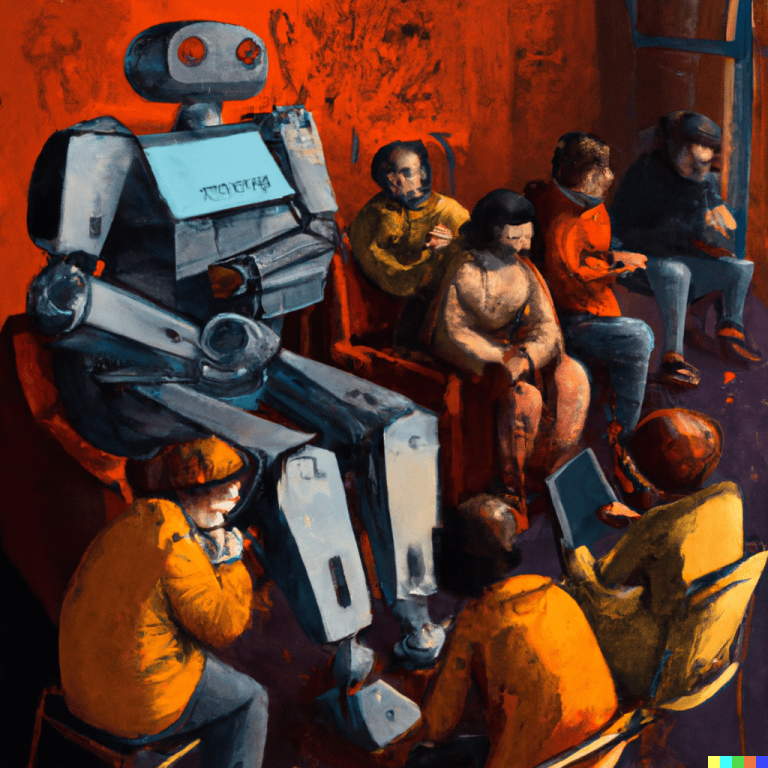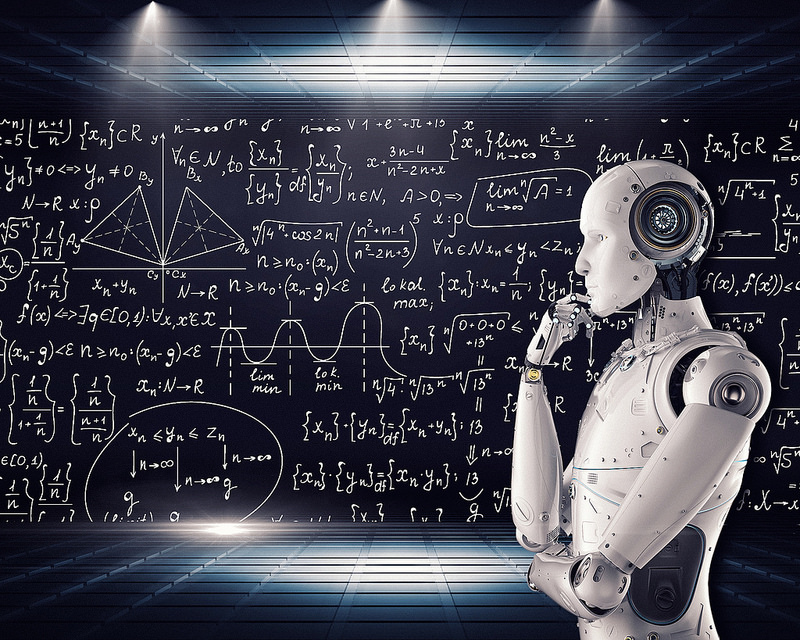Six generative AI trends in education for 2024: opportunities and risks
21 December, 2023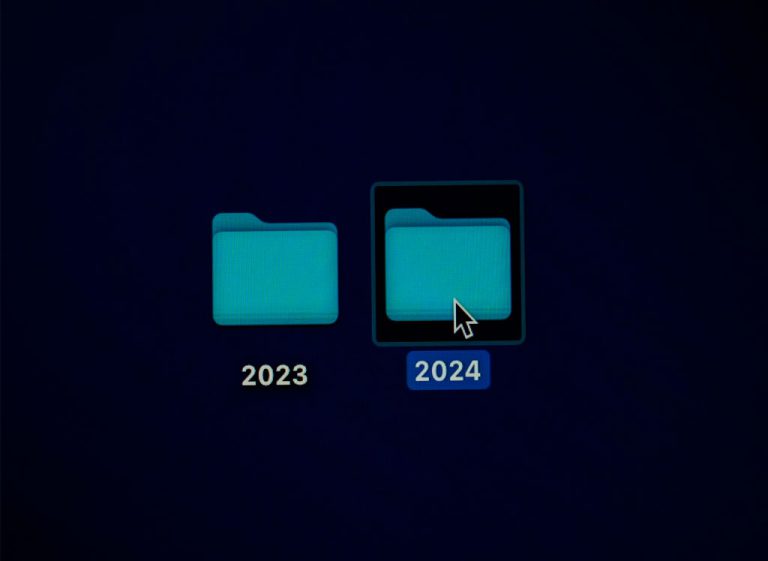 Photo by Kajetan Sumila – Unsplash
Photo by Kajetan Sumila – UnsplashThe world of tech has undeniably been impacted by the rise of generative AI. Likewise, it has also disrupted the field of education. Generative AI has become enormously popular and offers many possibilities, leading to a wide range of tools and applications that are leaving their mark on developments in education. Based on analysis carried out at eLinC, we’ve identified six key trends for 2024 involving AI, focusing on the opportunities but also on the risks.
Trend 1: Multilingual videos with avatars
Artificial intelligence will become widely used to create videos with natural language featuring AI-generated avatars, some of real people, others not, thanks to tools like Heygen and Synthesia. These avatars can speak and interact in a variety of languages, offering a more personalized and globally accessible educational experience. AI-generated videos can be tailored to students’ specific needs, providing a more dynamic and interactive form of learning.
Opportunities:
- Creating personalized avatars for teachers, allowing well-known educators to “teach” classes in multiple languages.
- More opportunities for students to access resources in their native language, regardless of geographical or language barriers.
- Flexibility and scalability in teaching, with the ability to generate educational content adapted to different learning styles and academic levels.
Risks:
- A surge in fake news and misinformation, as the tech can be used to create fake but plausible videos.
- Impersonation issues: AI-generated avatars could be used to imitate real people without their permission, giving rise to ethical, image rights and privacy issues.
- Technological dependence and a possible loss of human interaction in education, and issues concerning the authenticity of learning.

Trend 2: Support for teaching staff in the analysis and design stage of a course
Many tools supported by generative AI will start to be commonly used by teachers, helping them prepare courses at each stage of pedagogical design. Useful tools for generating ideas or selecting learning targets include chatbots such as ChatGPT and Bing chat, or tools like ChatPDF for extracting key ideas from texts.
Opportunities:
- Initial preparation related to the discipline (search for information, indexing a course teaching guide, adapting the curriculum to students’ profiles).
- Extracting ideas for work involving transferable skills such as communication, metacognition and the use of tech.
- Selecting and improving teaching methodologies with the use of AI.
- Suggestions for finding online educational resources.
- Developing concepts and designing activities, and helping to prepare assessment criteria and tools such as rubrics, checklists and quizzes.
- Planning and scheduling (updating annual tables with the current calendar).
Risks:
- Teachers’ work becoming over-reliant on AI.
- Oversimplification or excessive constraints on assessment activities.
- Some of the information or recommendations obtained may not be accurate or they may be biased due to the algorithm used.
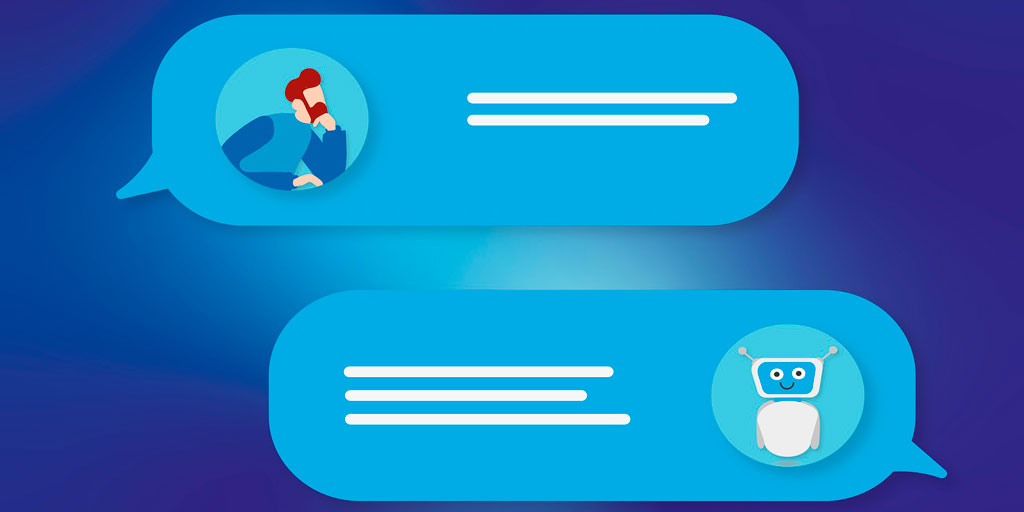
Trend 3: Innovation in education: AI APIs in EdTech start-ups
Numerous EdTech (or AITech) start-ups are emerging that make use of APIs (application programming interfaces) for AI tools to offer innovative services in education. These companies provide tools that simplify teachers’ tasks, such as automated content creation, student assessment and class management. In addition, new applications, similar to the GPTs used for ChatGPT, are being developed to allow any user to create personalized AITech educational tools, making AI-assisted education more democratic. The uncontrolled rise of new tools is likely to stabilize in the future and they will be integrated into more general educational solutions, including learning management systems (LMS).
Opportunities:
- A wide range of solutions and varied options will become available to meet different educational needs, from personalized learning to the efficient management of teaching tasks.
- It will facilitate innovation in education and the emergence of more interactive and adaptive teaching methods, using AI tools to enhance the learning experience.
- Educational tools will become more accessible as the ability to create personalized AITech tools opens the door to greater inclusion and diversity in education and enhances educational innovation.
Risks:
- With a wide variety of tools available, some produced by anonymous creators, quality can vary significantly, affecting the effectiveness of learning.
- Security and privacy concerns will increase. Managing sensitive student data and confidential institutional data can be challenging, especially when working with start-ups (or individual programmers) that may not have security protocols in place.
- Teachers may become excessively dependent on technology, diminishing the value of human interaction and critical thinking in education.
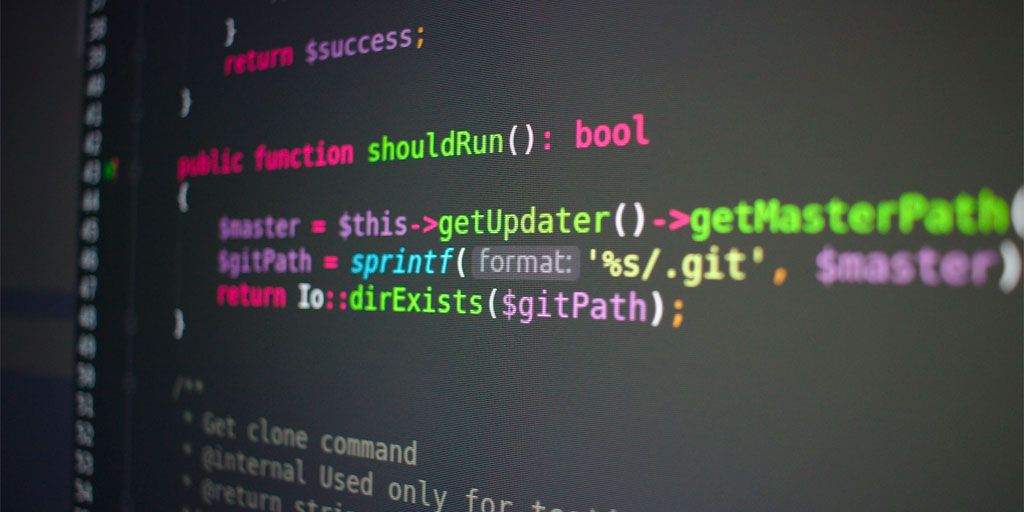
Trend 4: Use of AI in arts education
Generative AI will have a major impact on arts education, with many new tools for creating images and video such as Midjourney, DALL·E and Runway. AI can generate complex visual artwork, assisting in the creative process and giving artists new perspectives and tools. This includes both automated creation and the modification of images and video, and ways to explore new formats and visual styles.
Opportunities:
- It is a powerful tool for creation, as it offers quick and easy options that can expand the creative capacities of artists, allowing the generation of innovative works.
- Its use is spreading rapidly among professionals working in these artistic fields, who are exploring and integrating these tools into their work. As AI is increasingly and inevitably adopted by the arts sector, students who learn to use these tools will have advantages in the job market and in their future careers.
Risks:
- The use of AI in artistic creation raises intellectual property questions concerning who owns the copyright to the works generated – the artist, the AI developer, or someone else?
- The entire concept of art and the creative process will be debated and redefined. The use of AI in artistic creation can blur the line between human and machine-generated creation, questioning what we consider as art.
- There is a risk that artists will become overly dependent on AI tools, potentially limiting their creativity and personal artistic skills.
- The output produced by those students who master AI prompting skills when creating art may be significantly different.

Trend 5: Adaptive learning based on student performance
Adaptive learning supported by generative AI blends advanced technologies and pedagogical methodologies with data mining to tailor education to each student’s needs and performance, enabling the creation or adaptation of personalized learning materials and experiences. Some academic articles highlight its potential for encouraging student autonomy and improving outcomes (Joshi, 2023).
Opportunities:
- Providing a learning experience tailored to students’ performance, availability and preferences, offering specific materials and challenges.
- Building on students’ weak points in learning and highlighting what they excel at.
- Responding in real time to the student, providing an interactive experience.
- Giving teachers a complete map of the students’ learning activity and performance.
Risks:
- Possible biases in the algorithms used to adapt the learning experience.
- Dependence on technology of the students when learning.
- Data privacy concerns.
- Widening of the technology gap. Unequal access to this technology can create inequalities among students from different socio-economic backgrounds.

Trend 6: Creation of educational content
New technologies based on generative AI make it easier for teaching staff to create learning resources in different ways, saving them time and effort. These include helping structure, devise and create infographics, creating slideshows with tools such as SlidesAI and Tome, creating glossaries for a course or topic and converting text into images or video with the tools mentioned above.
Opportunities:
- Lower costs.
- Less need to outsource commissions and materials.
- Saving time on the production of content.
Risks:
- Possible formatting and content errors.
- Poor quality of the design and final product.
- The free or freemium versions of some tools do not allow much product customization.
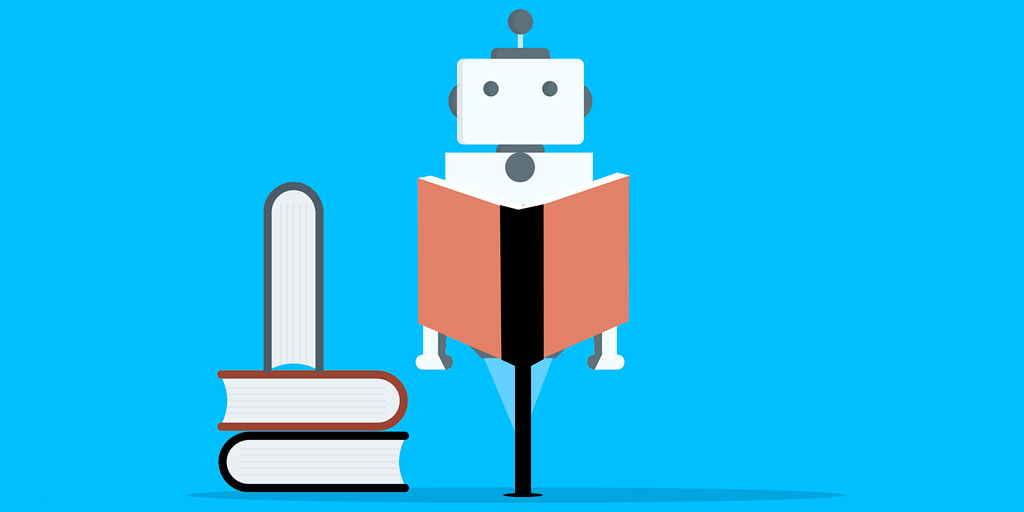
Conclusions
We are clearly at a moment of great change in the field of education. AI, with its multiple applications, is opening up new possibilities that until recently seemed unthinkable and the field of teaching and learning has been under pressure to rapidly take these new technologies on board. These innovations offer powerful tools for teaching and learning, but also involve substantial challenges, especially with regard to quality, ethics, intellectual property and technological dependence.
Teaching staff, students, and technology developers must work together to ensure that these advances are used responsibly and beneficially in order to enrich the educational experience without compromising fundamental human and artistic values. Ultimately, the key to fully harnessing AI’s potential in education will lie in balancing technology and the human element, ensuring the technology complements human learning and creativity, rather than replacing it. So, it’s crucial that teachers continuously update their digital and AI literacy, closely watch the results of generative AI and strive to narrow the digital divide in educational institutions.
* The world of AI-supported tools is a rapidly changing one, with some becoming obsolete after initial success. The examples provided may vary. Almost all of them have free versions or trial periods.


